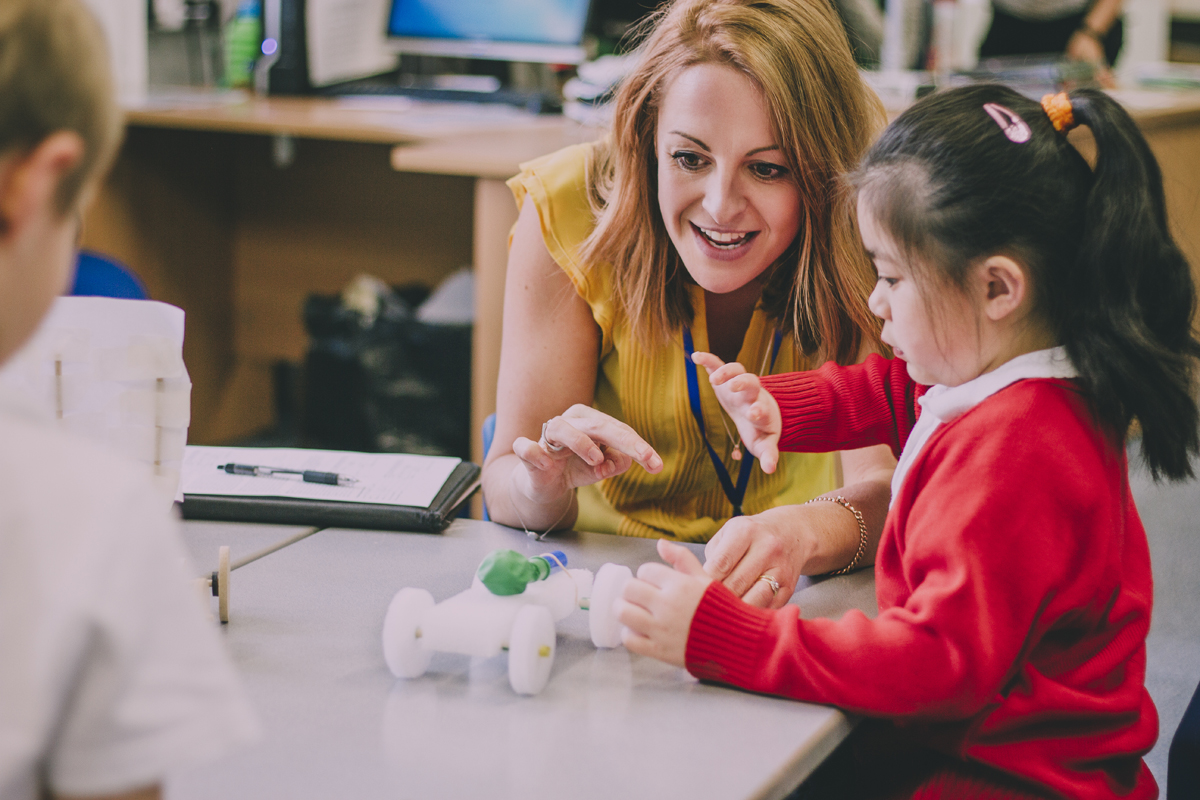In the 21st century, we may not have seen flying cars yet, but we can all agree to the fact that we have come a long way from where we began. The continuous advancement in the various sectors (technology, education, the standard of living, etc.) is currently paving the way for a better future, and what better way is there to secure our future than ensuring education for all? There was a time when children with a wide range of disabilities were consistently denied a public education. The digital transformation of math education can empower students with special needs by providing personalized learning tools and accessible content. More often than not, these children were turned away by the public education institutes as they did not have the proper infrastructure or the skilled professionals that could help educate the specially-abled children.
However, the scenario has gone through a major change in the past few years, especially with the implementation of the Education for All Handicapped Children Act and the Individuals with Disabilities Education Act (IDEA). IDEA safeguards the interest of the children with disabilities while ensuring Free and Appropriate Public Education (FAPE) of those children from public schools with an Individualized Education Program (IEP). These crucial steps have not only opened up new possibilities for the field of special education but have also generated a myriad of opportunities for these specially-abled children to grow into an independent individual. Besides, there have been some commendable advancement and findings in the domain of special education which requires special mentions.
-
Students with special needs learn better in a mainstream environment
In a recent study (conducted by the Ohio State University), it was revealed that the preschoolers who have some sort of disabilities learn more when they are taught in a mainstream classroom for some time. It has been noticed that these special kids significantly improve their language skills when they study alongside the children who possess better language skills.
The study showcases that the special education students who were placed alongside more highly-skilled peers, scored 40 percent higher in their language score at the end of the preschool year, than those who were taught in a classroom for children with special needs only. Special education teachers can use assistive technology to solve educational problems for students with diverse learning needs. The study further enlightened that the presence of these special education students left no negative impact on the mainstream students and they exhibited the same levels of improvements which they previously shown with no students with special needs in the class.
-
More special education teachers to be trained by the Universities
The Office of Special Education and Rehabilitative Services have recently donated a $1.25 million grant to the Bethune-Cookman University in Daytona Beach, Florida through the U.S. Department of Education to help them launch the program named Project Child. The mission of this program is to produce more number of special education teachers by providing them online training to somehow tackle the scarcity of special education providers in the States.
According to a report presented by the Council for Exceptional Children, in almost every state in the USA (including Florida), there’s a shortage of teachers in classrooms where the population of the specially-abled students are more than 6 million. The educators are currently, working on the matter to find a solution to this problem, and the Project Child program is the first step towards it.
-
The US Department of Education has set new goals to measure special education benchmarks
The U.S. Department of Education has now become stricter than ever to improve the quality of special education in the States. Now, the factors like the average test scores, state graduation rates in the field of special education will be considered to evaluate which states are promoting and which are failing to promote special education in their region. As a penalty for those states which are unable to meet the benchmarks (set forth for three years or more) may run the risk of losing their special education funding.
The initial results have been a little disappointing. While 41 states used to meet the requirements of the old system (with a definite set of a benchmark), now only 18 states could meet the standard. In a statement, the U.S. Secretary of Education, Arne Duncan mentioned that these special students could benefit from the system if the bar for special education achievement is set higher. He also told that there should be an honest assessment of the student’s performance, so that the Department, along with the educators, can provide the support and assignment help services a college student requires to succeed.
Interestingly, some private schools are also introducing several programs that focus on the special education for the children with special. However, the programs do require some level of scrutiny. The Mayor of New York, Bill de Blasio stated that they would streamline the process of applying for families with special education students who chose private school programs. Well, it is always recommended to scrutinize the reimbursement programs that are outside the public school system. Undoubtedly, there’s been a great development in the special education sector, and it is through our combined efforts we can make the world a better place to live for everyone in it. How education has changed for students with disabilities is a story of inclusion, moving from segregated classrooms to individualized support.









